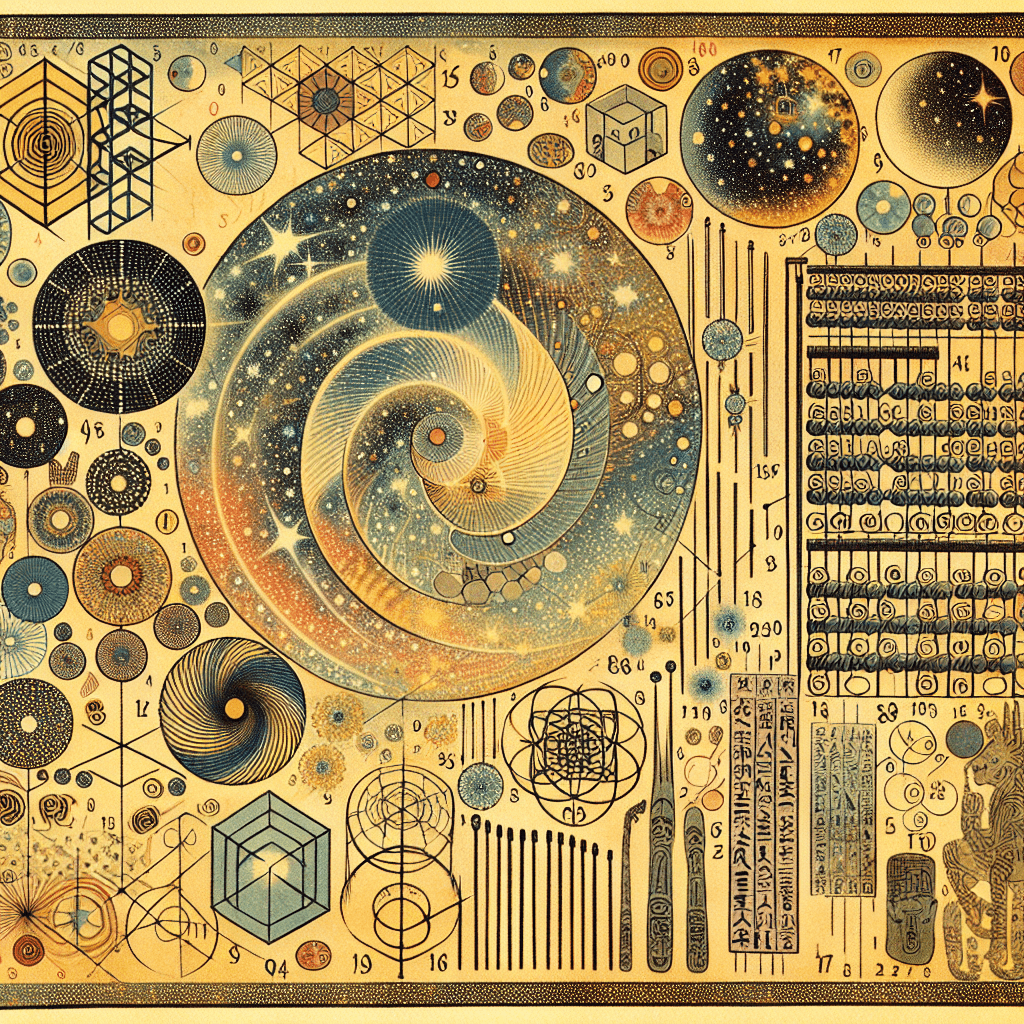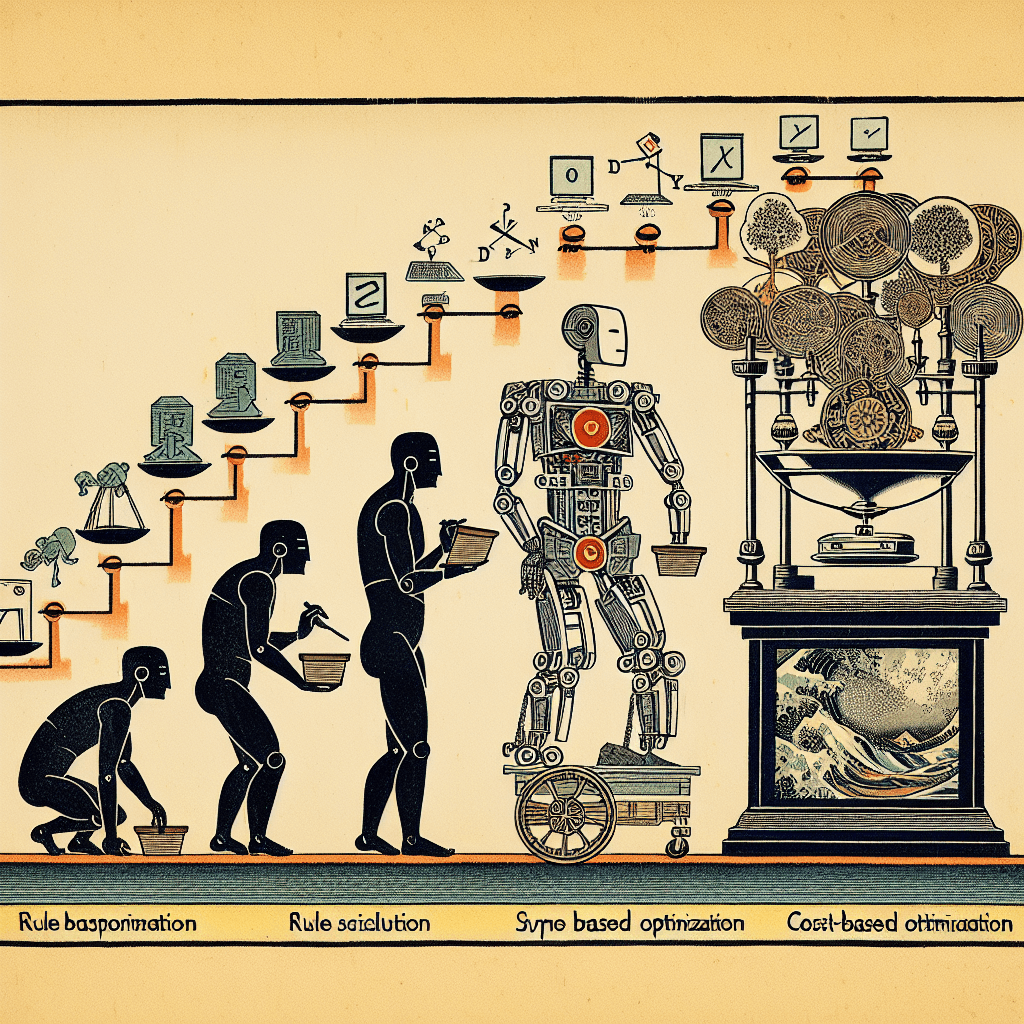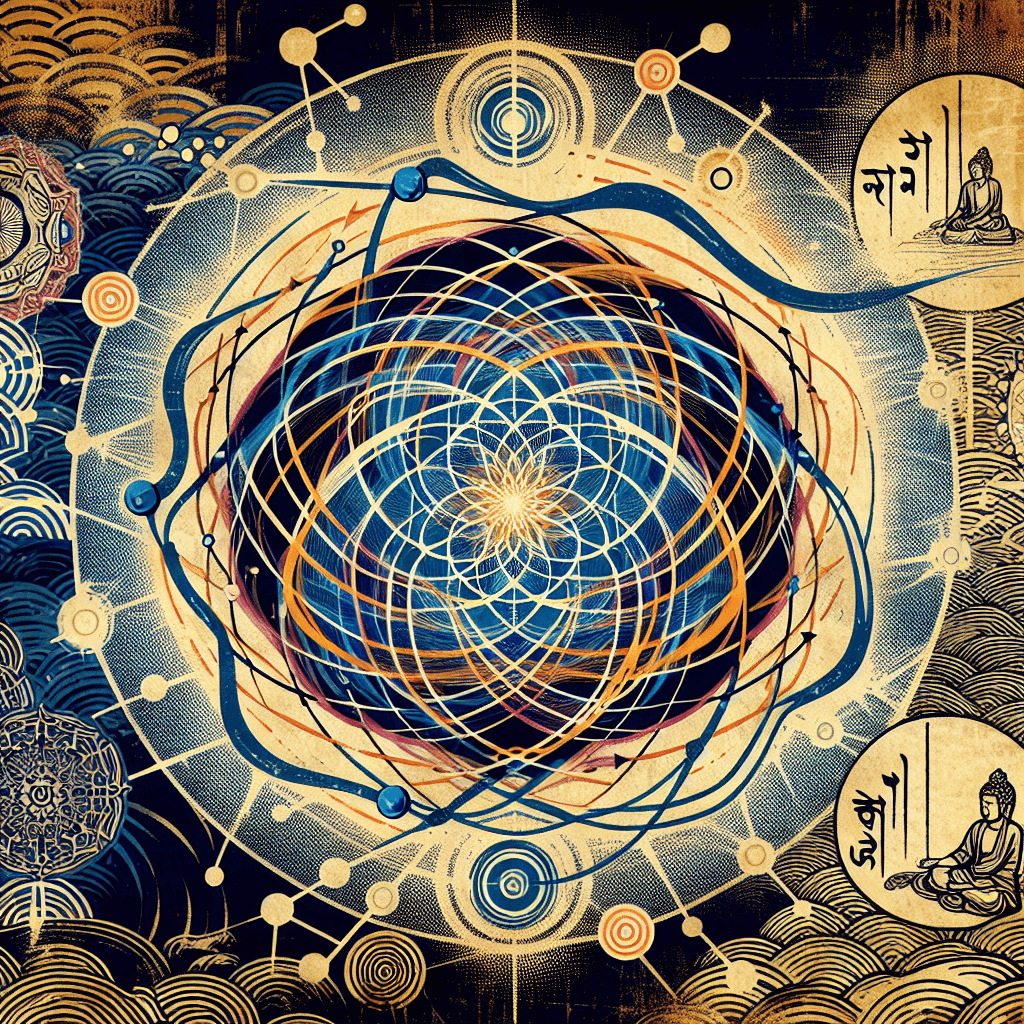The Intersection of Mysticism and Mathematics: An Introduction
syndu | Aug. 29, 2024, 10:58 p.m.

The Intersection of Mysticism and Mathematics: An Introduction
Introduction
Throughout history, the realms of mysticism and mathematics have often been seen as distinct and separate fields. Mysticism, with its focus on spiritual experiences and the search for deeper truths, seems worlds apart from the logical, structured nature of mathematics. However, a closer examination reveals a rich tapestry of connections between these two domains. This introductory post will explore the historical and philosophical intersections of mysticism and mathematics, setting the stage for a series that delves into the lives and works of key figures who have bridged these worlds.
Historical Connections
Ancient Civilizations
In ancient civilizations, mathematics and mysticism were often intertwined. The Egyptians, for example, used sacred geometry in the construction of their pyramids, believing that geometric shapes held spiritual significance. Similarly, the Babylonians and Greeks saw mathematics as a way to understand the cosmos and the divine order.
Pythagoras and the Harmony of the Spheres
One of the most notable figures who bridged the gap between mysticism and mathematics was Pythagoras. Known for the Pythagorean theorem, Pythagoras also founded a mystical school that believed in the harmony of the spheres—a concept that the universe is governed by mathematical ratios and harmonies. This idea laid the groundwork for later developments in both mathematics and mystical thought.
The Middle Ages and the Renaissance
During the Middle Ages and the Renaissance, scholars like Isaac Newton and Johannes Kepler continued to explore the connections between mathematics and mysticism. Newton, known for his laws of motion and gravity, was also deeply interested in alchemy and biblical prophecy. Kepler, who formulated the laws of planetary motion, was influenced by his mystical beliefs in the harmony of the cosmos.
Philosophical Intersections
Sacred Geometry
Sacred geometry is a key philosophical concept that illustrates the intersection of mysticism and mathematics. It posits that geometric shapes and patterns are fundamental to the creation and structure of the universe. These shapes are often imbued with spiritual significance and are used in religious art and architecture to symbolize deeper truths.
The Golden Ratio
The golden ratio, a mathematical constant approximately equal to 1.618, appears in various natural phenomena, art, and architecture. Mystics and mathematicians alike have been fascinated by this ratio, seeing it as a bridge between the physical and spiritual worlds. The golden ratio's prevalence in nature and its aesthetic appeal in art have led to its association with divine proportion and harmony.
Quantum Mysticism
In the 20th and 21st centuries, the advent of quantum mechanics has brought new intersections between mysticism and mathematics. Quantum mysticism explores the parallels between the principles of quantum mechanics—such as uncertainty, interconnectedness, and the observer effect—and mystical traditions that emphasize the fluid and interconnected nature of reality.
Setting the Stage for the Series
This introductory post has provided a glimpse into the rich interplay between mysticism and mathematics. In the upcoming posts, we will delve deeper into the lives and works of key figures who have contributed to both fields. From Pythagoras and his mystical mathematical school to contemporary mathematicians who integrate spiritual practices into their work, this series will explore how these individuals have bridged the gap between the rational and the transcendent.
Conclusion
The intersection of mysticism and mathematics is a fascinating and multifaceted topic that spans centuries and cultures.
By exploring the historical and philosophical connections between these fields, we can gain a deeper understanding of how they have influenced each other and continue to do so. Stay tuned for the next post in the series, where we will delve into the life and teachings of Pythagoras, the mystic mathematician.
SEO Optimization
Keyword Research
- Primary Keywords: Mysticism and mathematics, historical connections, sacred geometry, golden ratio, quantum mysticism.
- Secondary Keywords: Pythagoras, harmony of the spheres, Isaac Newton, Johannes Kepler, mystical traditions.
Meta Description
"Explore the historical and philosophical connections between mysticism and mathematics. Discover how these fields have influenced each other throughout history and set the stage for a deeper exploration."
Headers
- H1: The Intersection of Mysticism and Mathematics: An Introduction
- H2: Introduction
- H2: Historical Connections
- H3: Ancient Civilizations
- H3: Pythagoras and the Harmony of the Spheres
- H3: The Middle Ages and the Renaissance
- H2: Philosophical Intersections
- H3: Sacred Geometry
- H3: The Golden Ratio
- H3: Quantum Mysticism
- H2: Setting the Stage for the Series
- H2: Conclusion
Alt Text for Images
- Image 1: "Ancient geometric patterns symbolizing the intersection of mysticism and mathematics."
- Image 2: "A depiction of Pythagoras teaching his students about the harmony of the spheres."
- Image 3: "The golden ratio illustrated in nature and art, symbolizing the bridge between science and spirituality."

